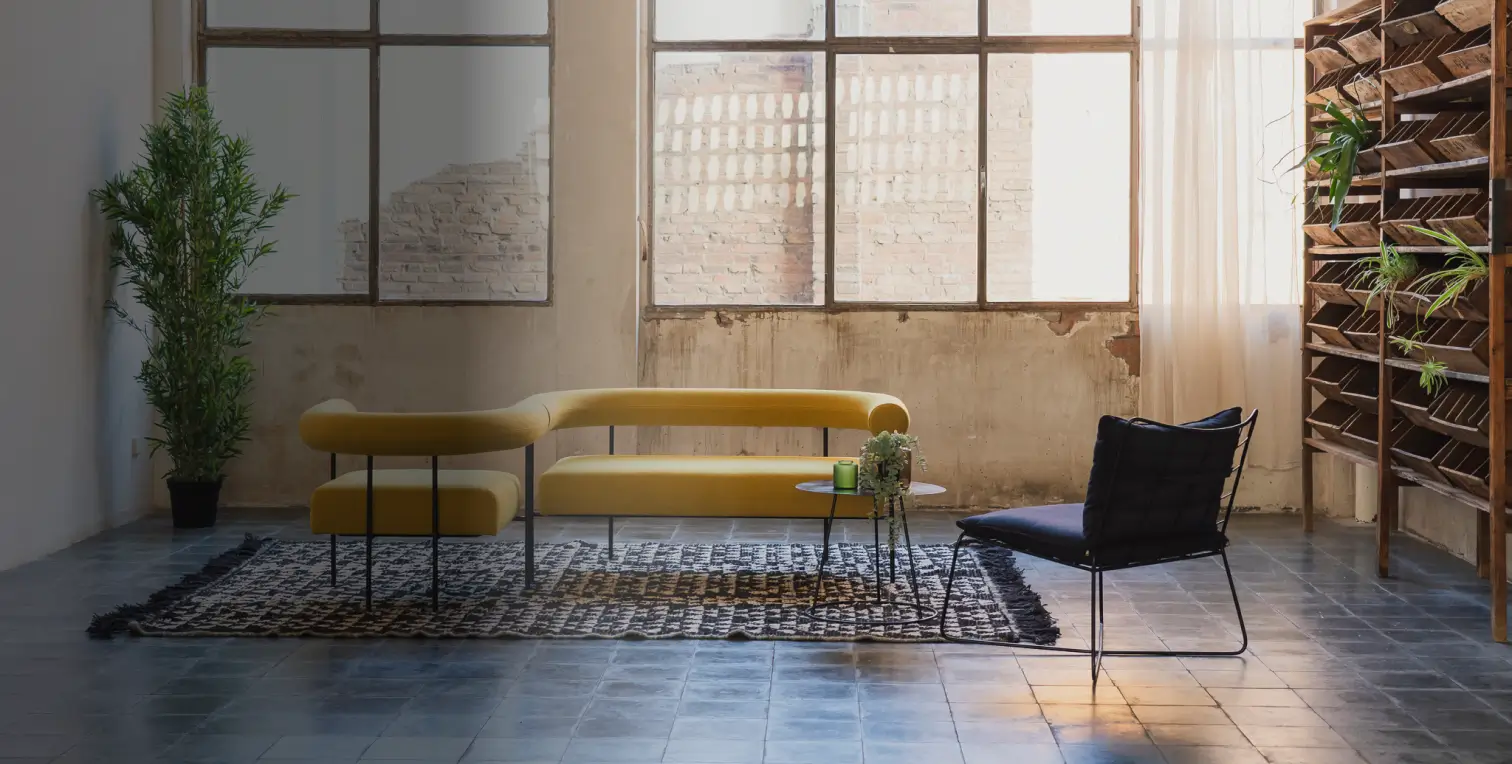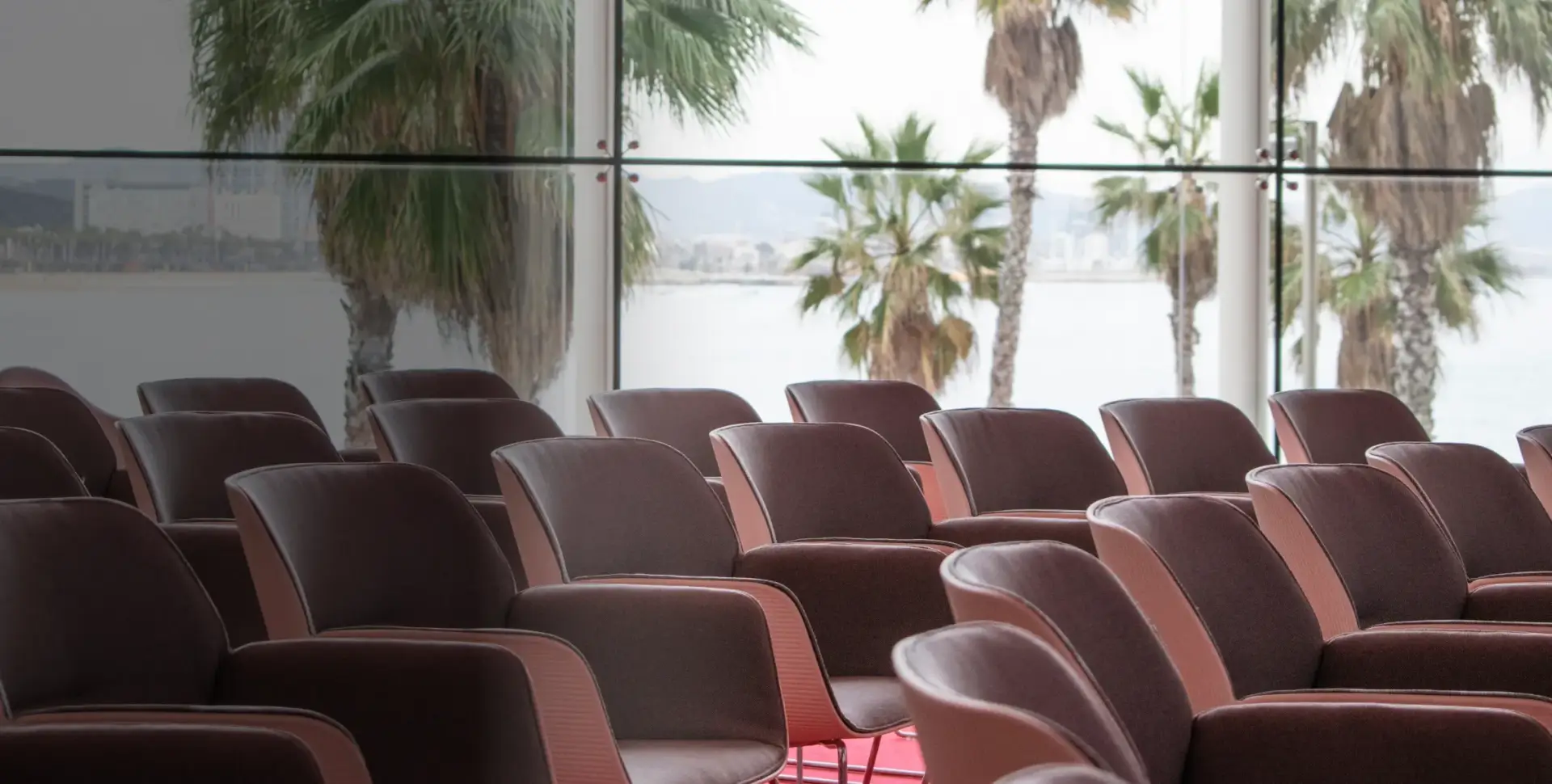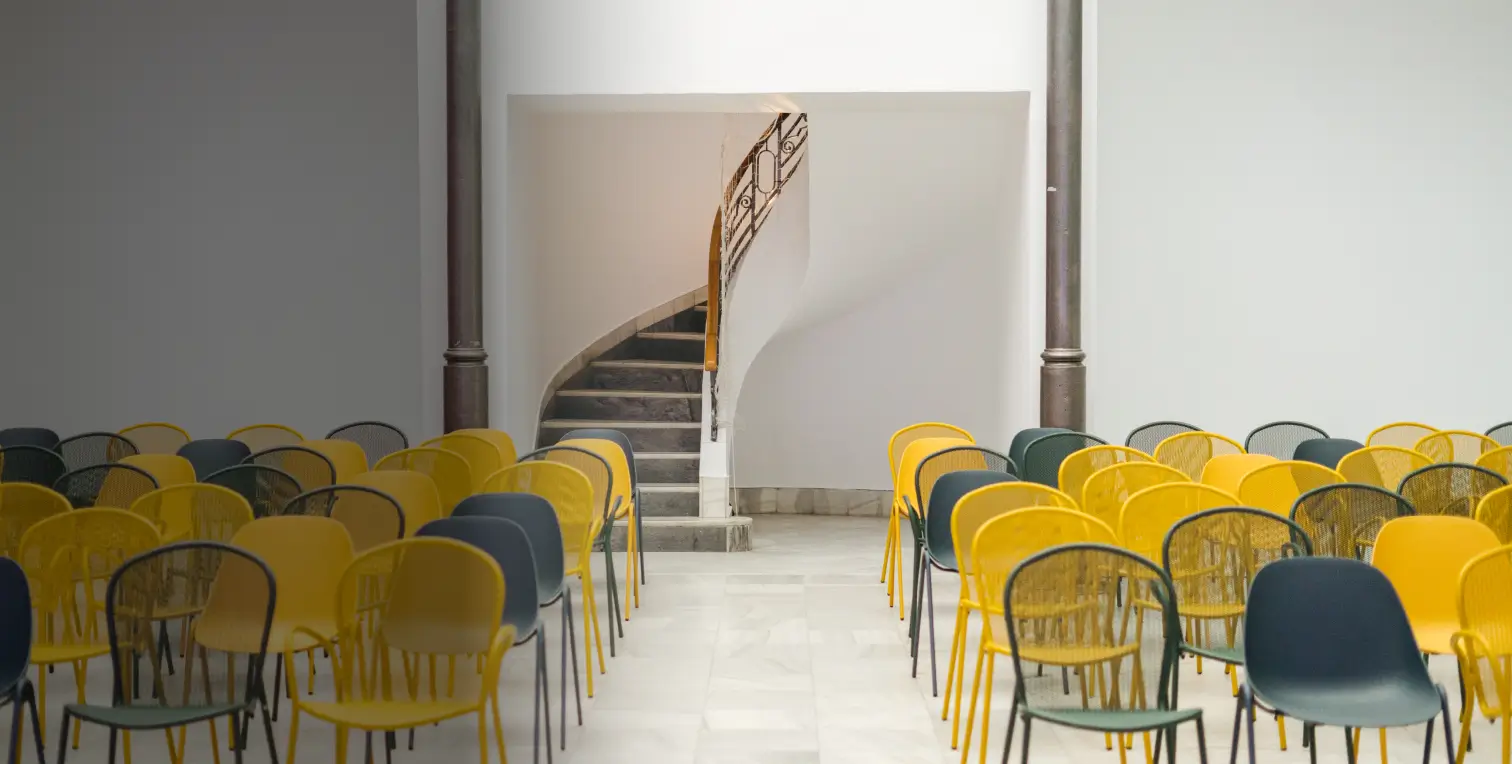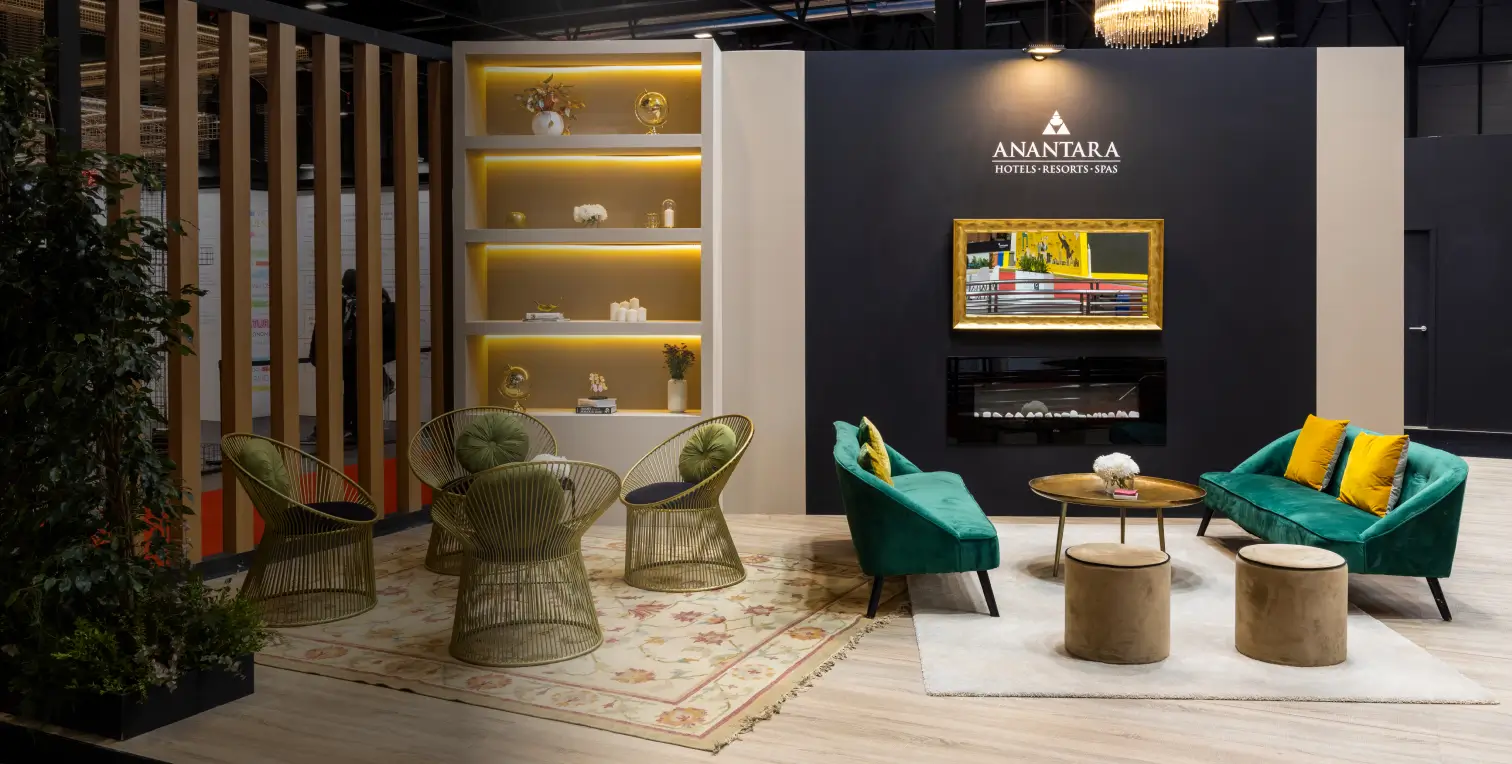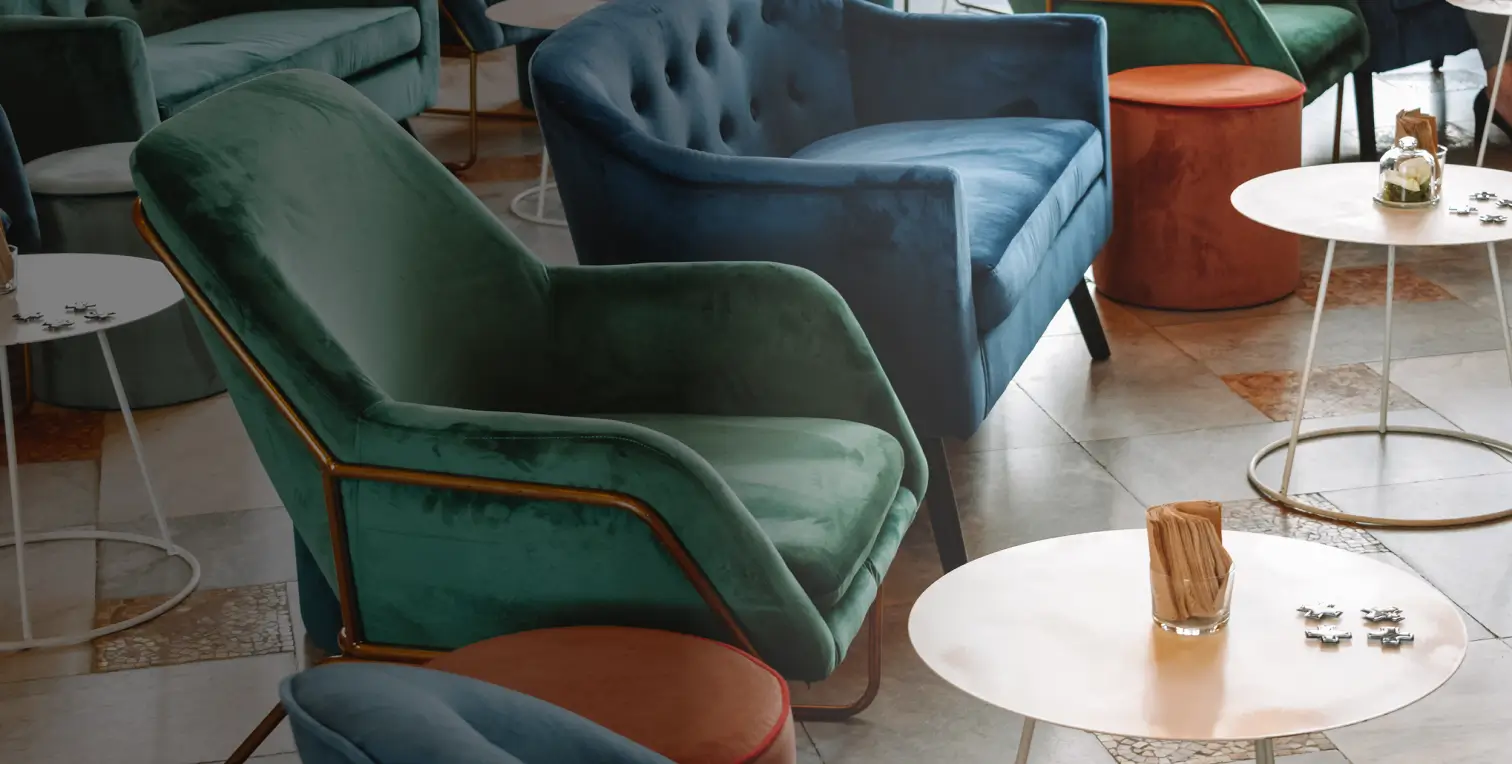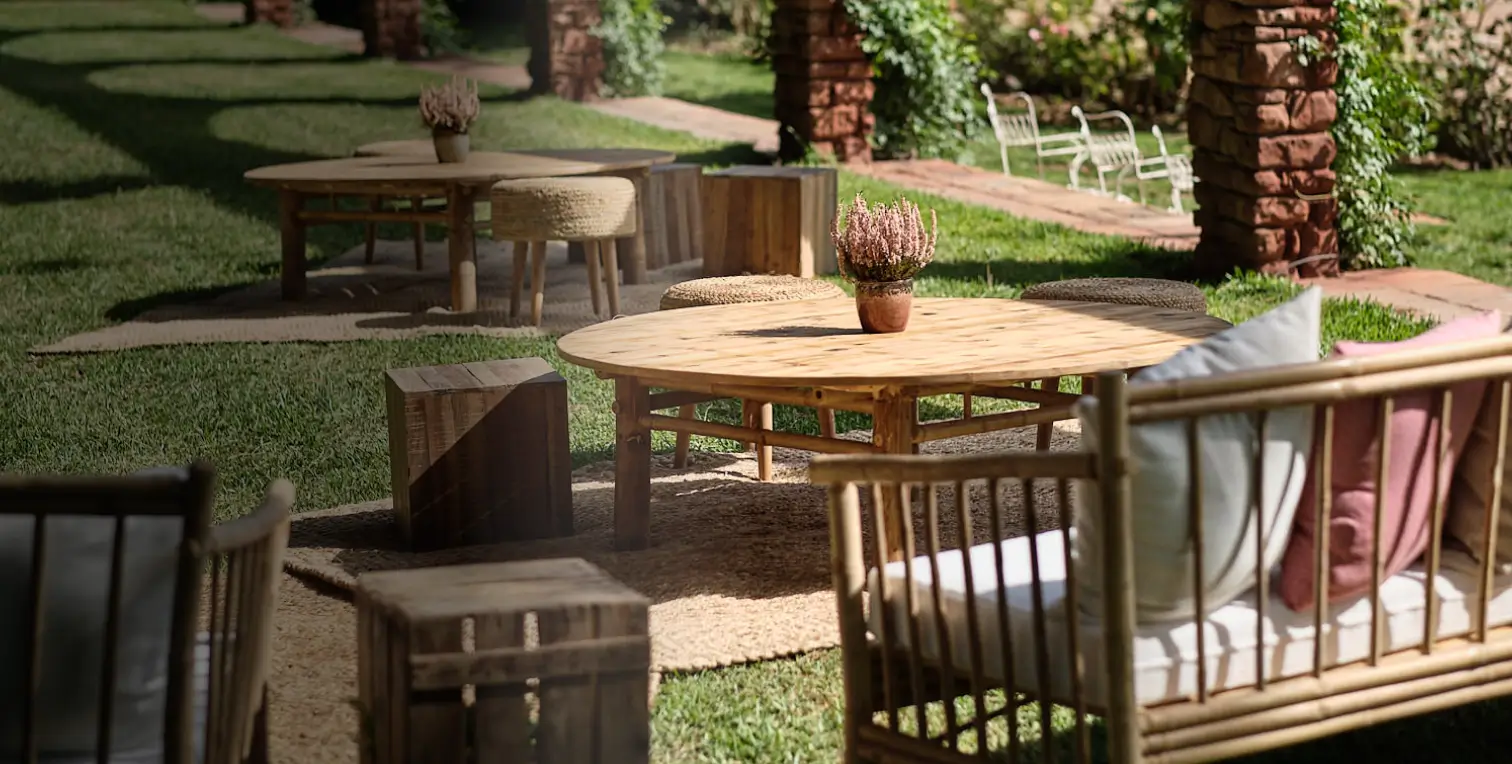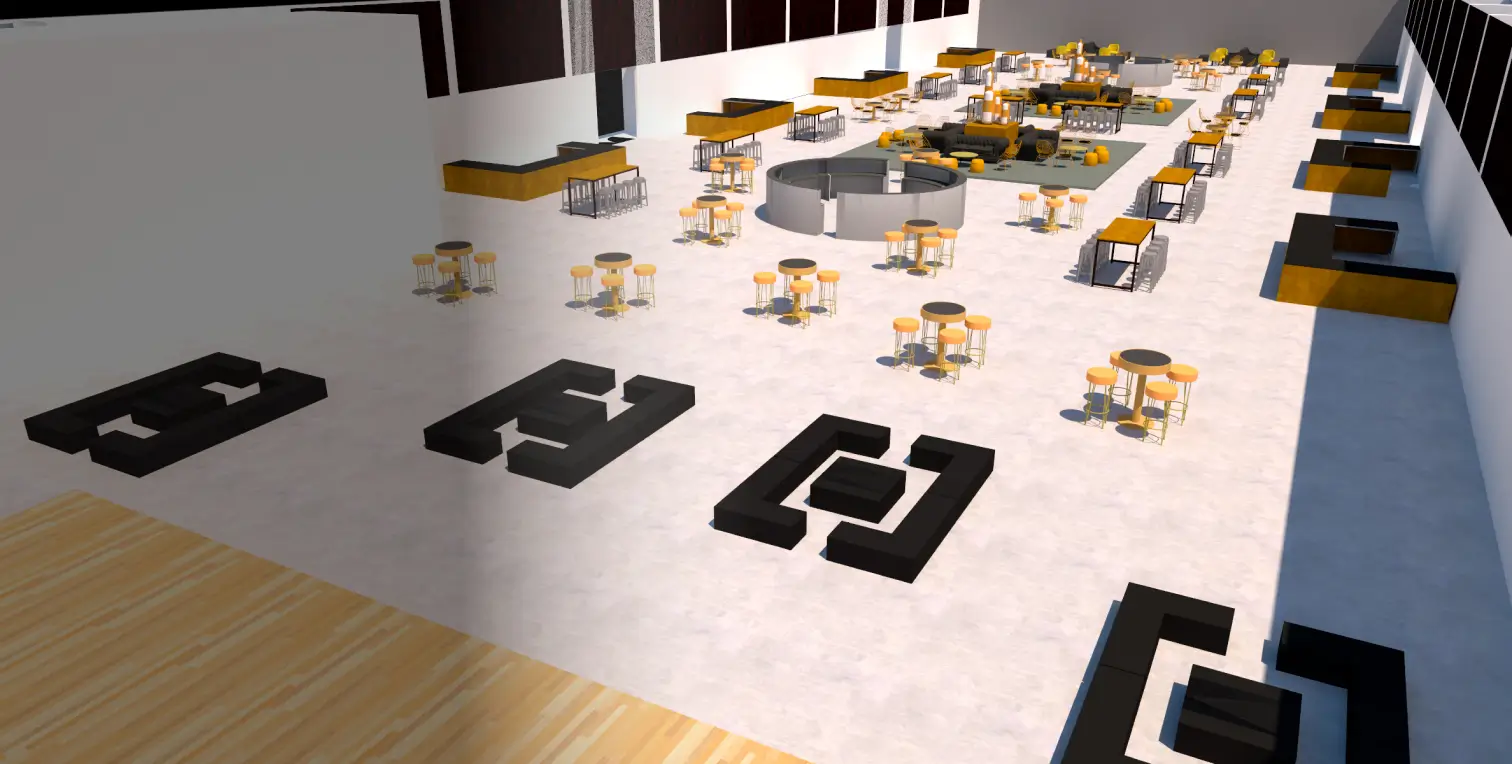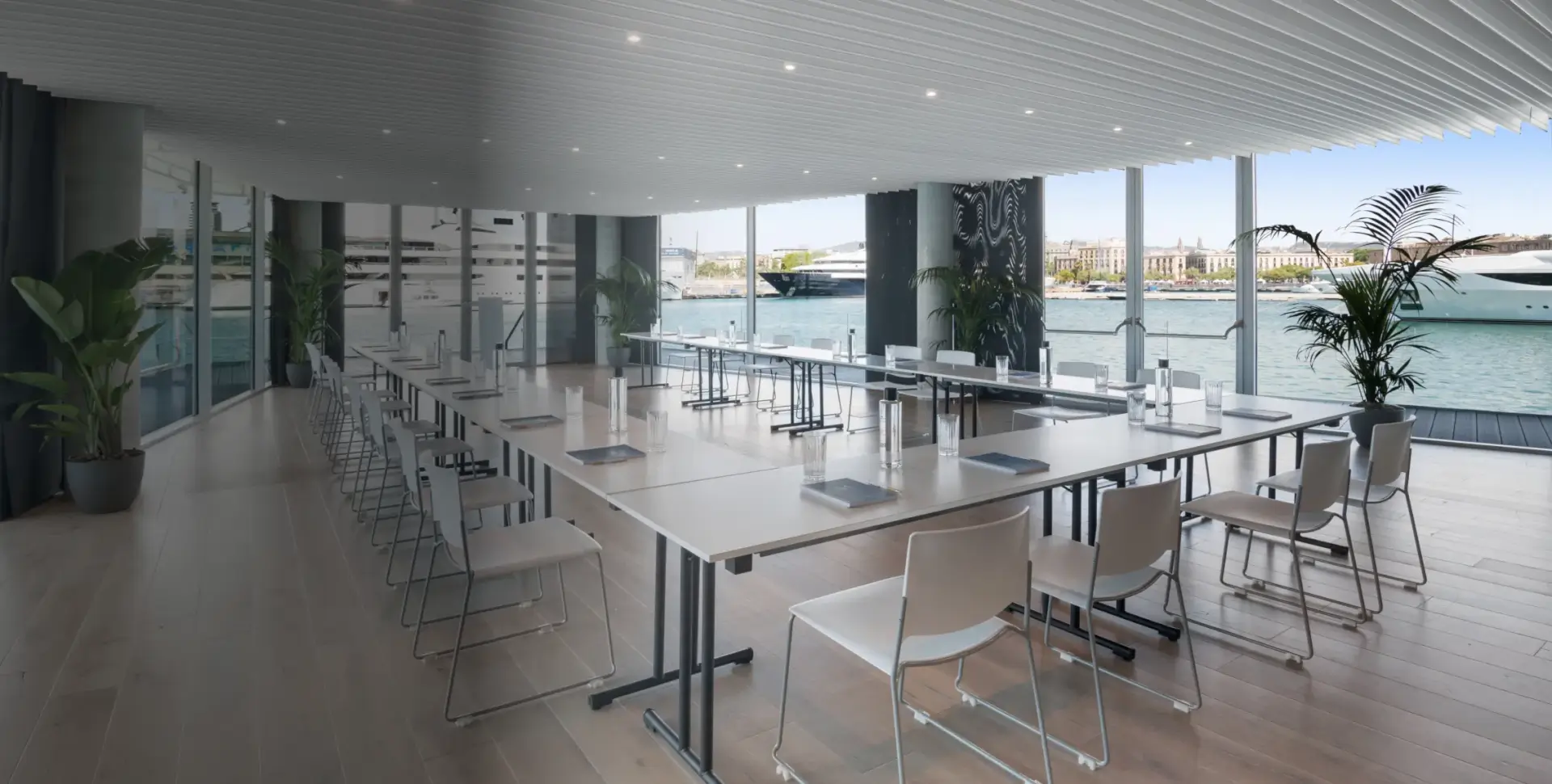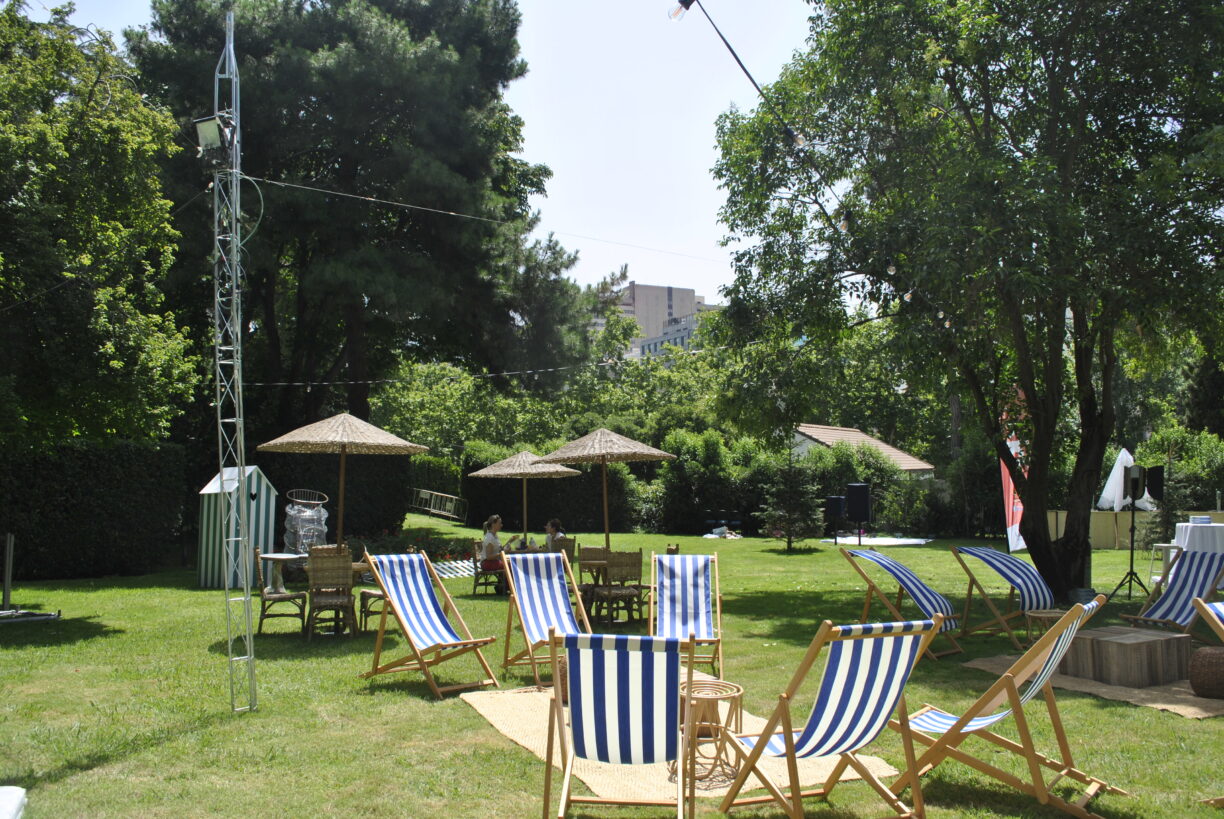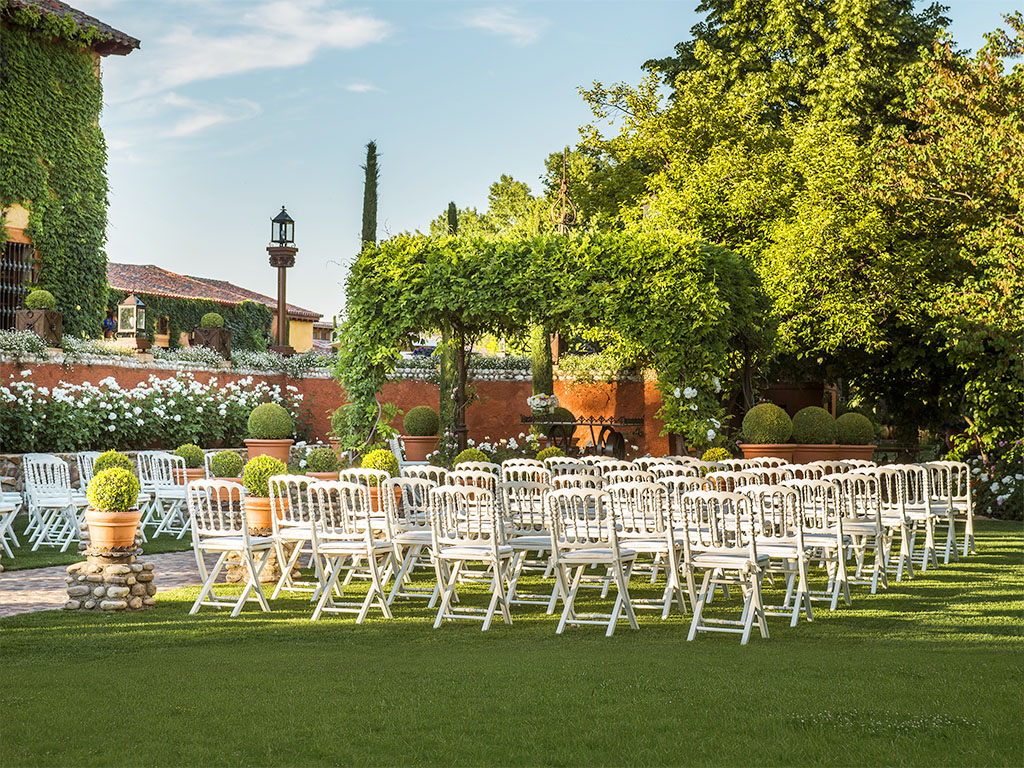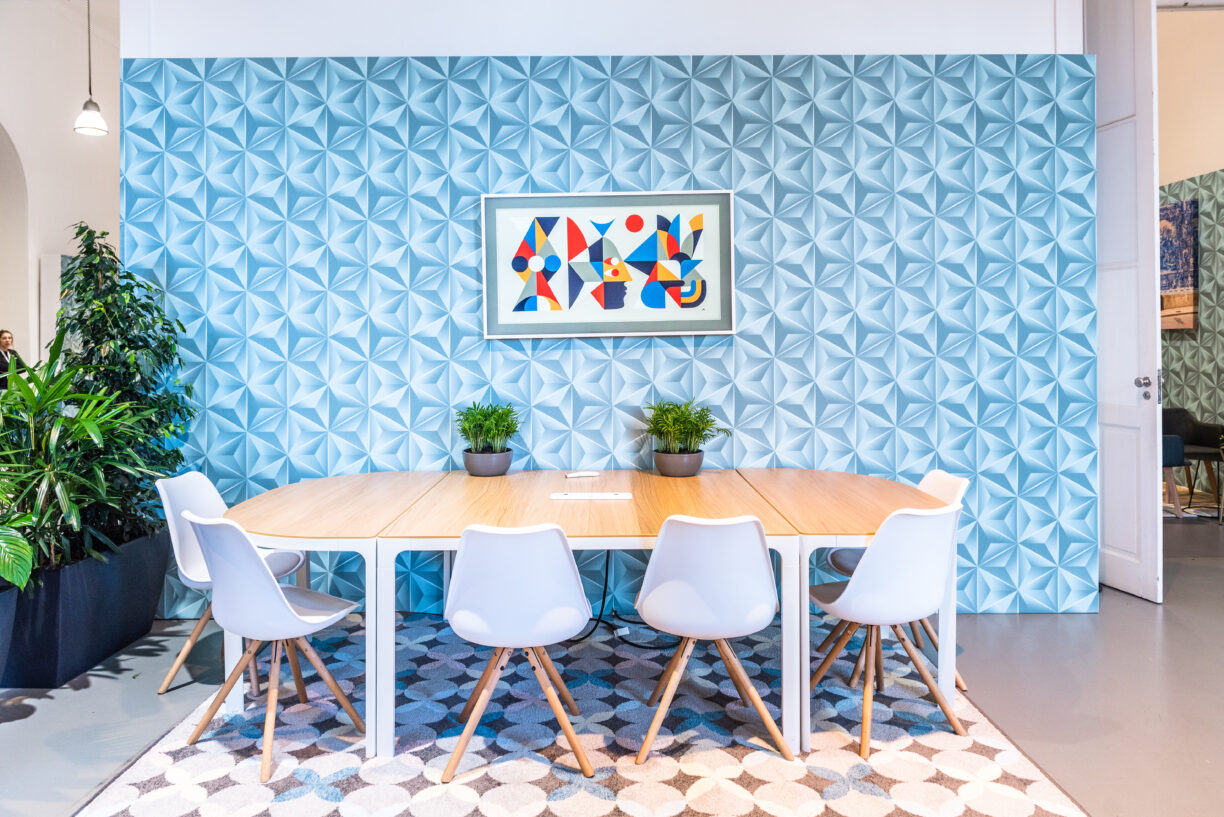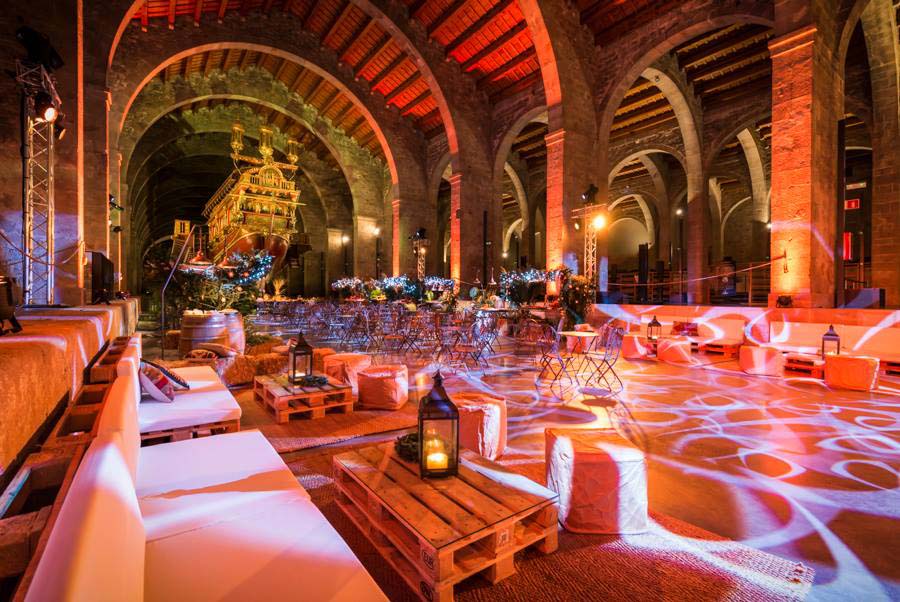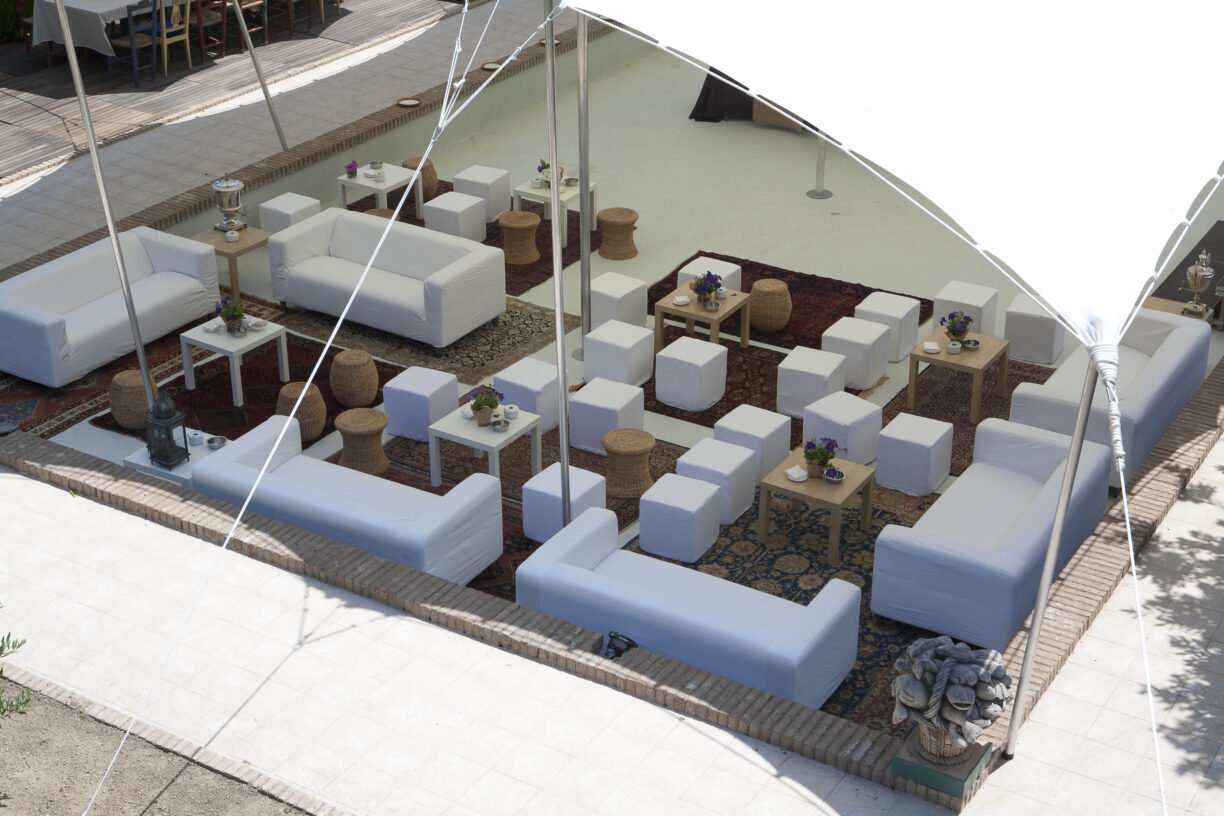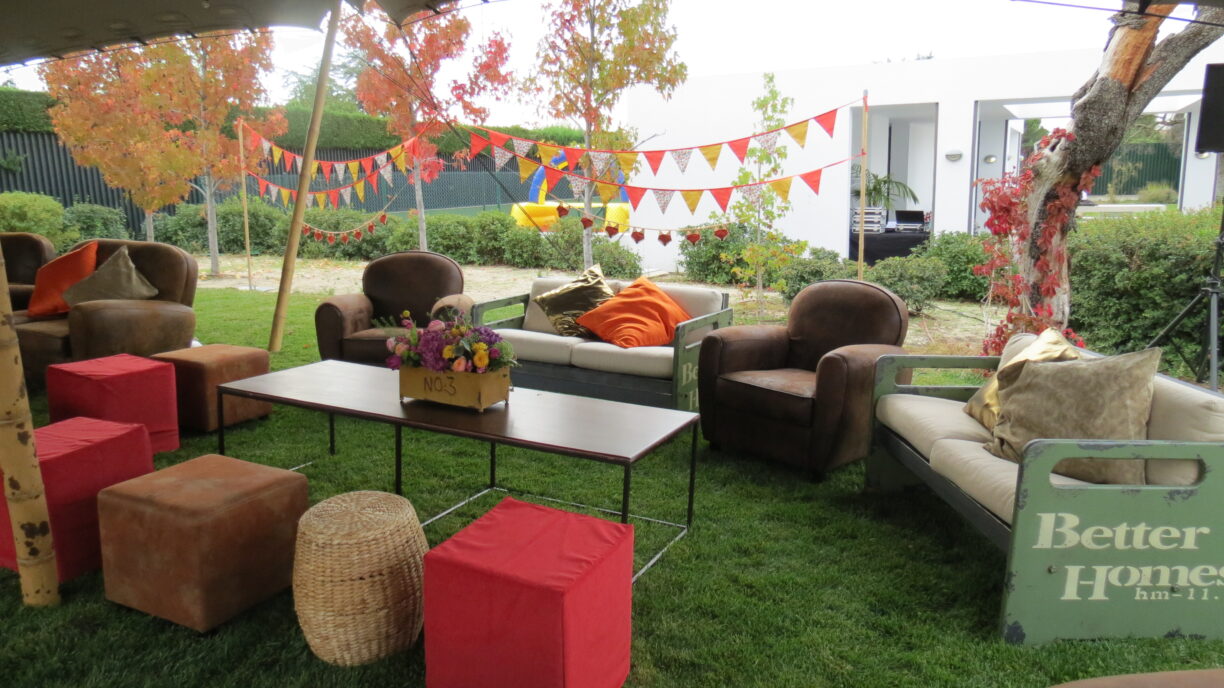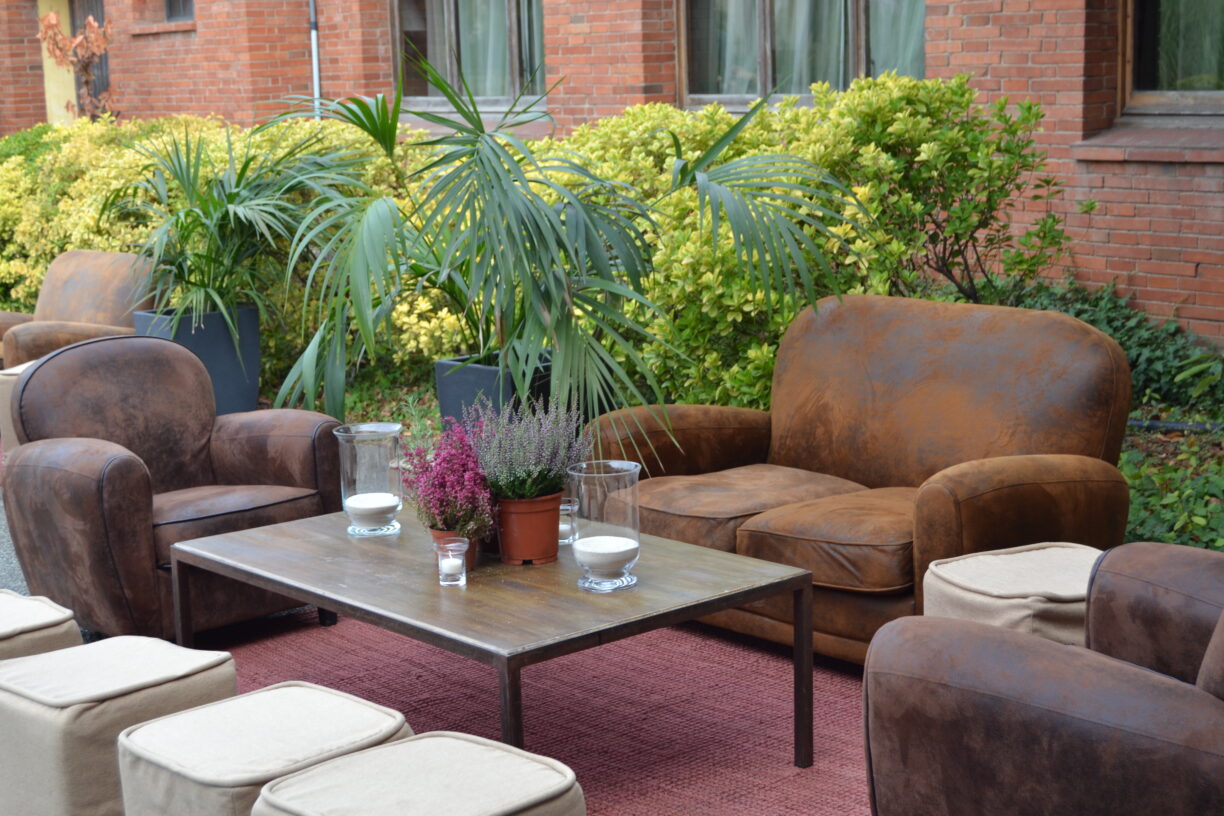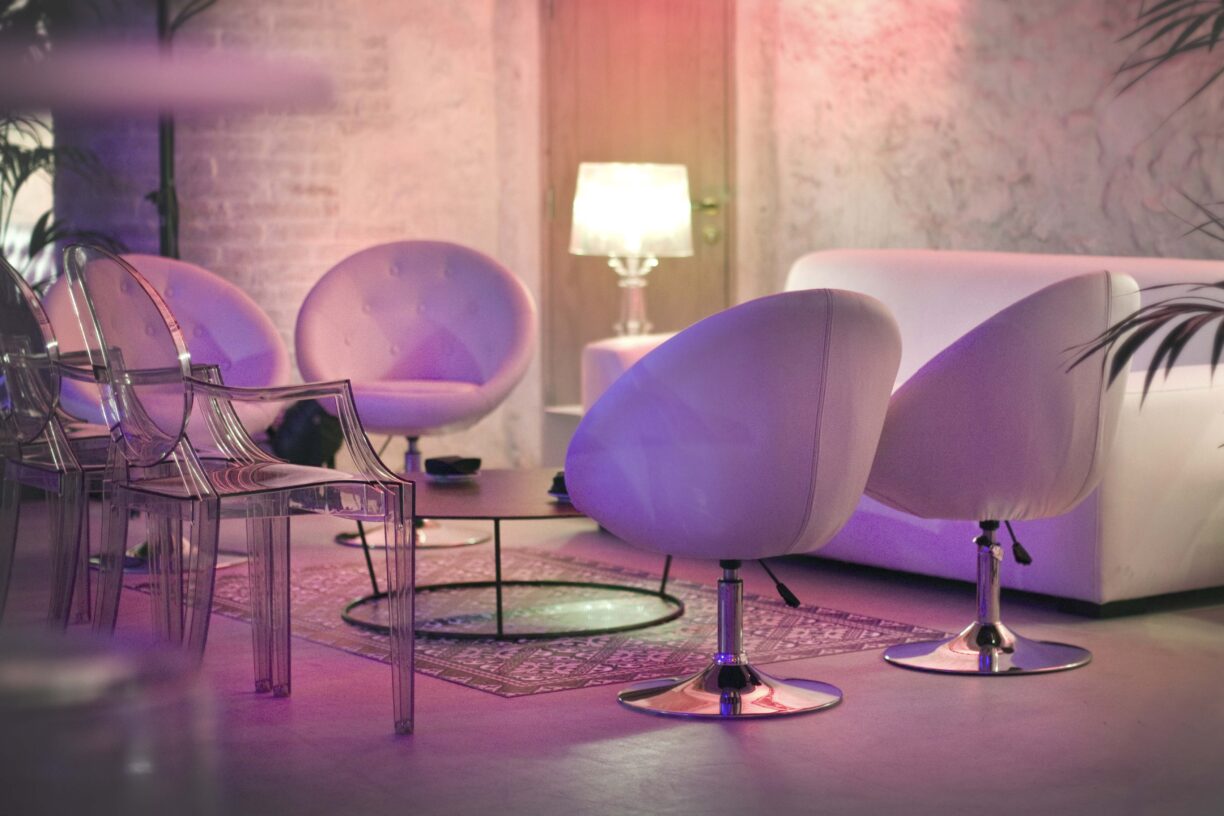Home / Events / News & Trends / The Evolution of Event Design: From Concept to Final Setup
The Evolution of Event Design: From Concept to Final Setup
Event design has ceased to be merely an aesthetic aspect and has become a strategic tool.
Nowadays, every event—whether corporate, cultural, or social—needs a coherent visual narrative that aligns with the brand message or the purpose of the celebration.
From creative conceptualization to the final setup, design articulates emotions, identity, and functionality.
What do we understand by event design?
Event design is the process of imagining, planning, and materializing an environment that creates impact, coherence, and experience.
It goes far beyond choosing a color palette or a type of furniture: it involves understanding the event’s objective, its audience, and the message to be conveyed.
This process consists of multiple phases, each with its own importance and specific challenges.
Phase 1: Creative Process in Events — From Briefing to Idea
It all starts with a conversation. The creative process in events begins with a briefing where the client conveys their needs, values, target audience, and event objectives.
Key elements of this phase:
- Space analysis: dimensions, lighting, flows, and technical possibilities.
- Visual inspiration: mood boards, aesthetic references, current trends.
- Concept definition: a central idea that gives coherence to the entire experience.
- Selection of color palette, textures, and general style: classic, minimalist, boho, industrial, futuristic, etc.
This phase requires creative vision, aesthetic sensitivity, and in-depth industry knowledge to propose viable solutions.
Phase 2: Decoration Planning — Functional and Visual Design
Once the concept is defined, the focus shifts to decoration planning. This phase balances aesthetics and functionality.
At this stage, the following is determined:
- Space distribution: welcome areas, stage, gastronomy, networking, etc.
- Furniture selection: functional, consistent with the style, and adapted to real use.
- Key decorative elements: lighting, plants, textiles, structures.
- Circulation flows: how attendees will move and experience the event.
At Crimons, this phase translates into renders, plans, and mockups that allow us to visualize the experience before executing it. This facilitates decision-making and aligns expectations.
Phase 3: Furniture Selection — More Than an Aesthetic Detail
Furniture in events is not only a visual component but also an element that defines comfort, usability, and style within the environment.
At each phase of the design, the furniture serves a function:
- Conceptual: gives character to the event (sophisticated, relaxed, industrial, etc.).
- Functional: allows attendees to interact comfortably (tables, chairs, bars).
- Operational: facilitates staff work and event management (backstage, signage).
At Crimons, we work with a diverse and constantly updated catalog, with pieces designed to combine aesthetics and durability, as well as an eco-friendly approach in many of our products.
Phase 4: Event Setup — Precision and Flawless Execution
Event setup is the moment when everything planned comes to life. It is also the most critical phase, where coordination between teams, technical design, and the ability to respond to unforeseen issues are tested.
Key factors:
- Tight timing: setup must be done within agreed deadlines, often with very short windows.
- Technical supervision: each structure, light point, or decorative element must be placed precisely.
- On-site adaptation: adjustments are often made on the spot based on real conditions.
- Attention to detail: from cleaning the pieces to the visual alignment of elements.
Crimons brings its experience in event setup with a professional and specialized team that understands every detail of the design as part of a larger narrative.
The Importance of Aesthetic Coherence Throughout the Process
One of the most common mistakes in event design is losing coherence between the conceptual and the practical. When the final setup does not reflect the initial idea, the event loses its impact.
This is why it’s crucial to work with a team that understands all phases of the process and has its own production and setup capabilities, such as Crimons. This ensures that the initial idea doesn’t get diluted and that every detail responds to a global vision.
